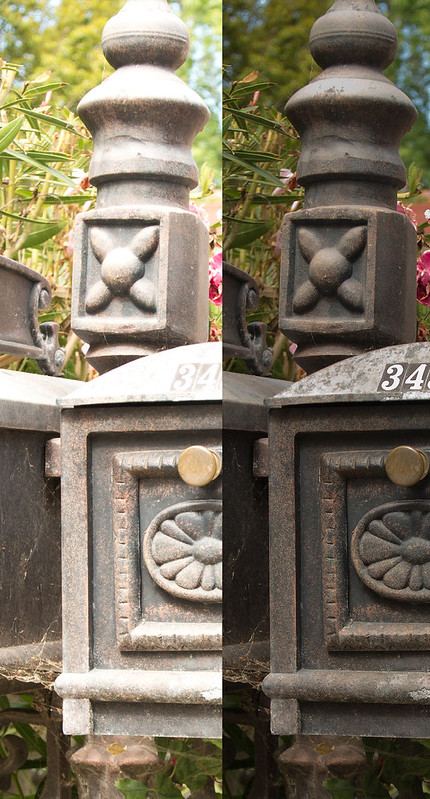There are tests (I'm sure Fred will be happy to jump in and post links to the 2-3 same tired tests he always does) which imply the usable dynamic range of a digital back can be matched with a dSLR. In my shooting, and in my experience working with hundreds of photographers on such dSLR>LFD transitions I can tell you this is not the case (though I'd greatly prefer to have you take your own tests to show yourself).
Same two or three tired tests?.....
Not all 35mm DSLRs have the same dynamic range. There are quite large differences.
Tired of the same tests... why because they show that there are some 35mm DSLRs that cam match or be slightly better than a digital back.
An image is worth a thousand words.
Anyway there are plenty of examples out there.
Here is a "fresh example"
http://www.gregorymills.com/gregorymills/2012/8/20/before-and-after.htmlEven the jpeg can show the dynamic range characteristics of the d800.
Click on the image to see a higher res. Download it and open it in camera raw.
Apply these setting:
Exposure +1.5
Shadows +80
Blacks +30
The result shows how much information there is despite the file being a highly compressed jpeg.
Then delete the file (fair use)
and here is what can be done in the highlights...

This type of dynamic range performance was previously only available in MFD, but the D800 and D800e changed this.
Similar performance also comes from other new Nikon/Sony sensors.
In landscape photography you cannot change the light. Having this kind of highlight and shadow recovery in the dynamic range of the camera
makes capturing views with very wide tonal range much easier.
With film I used to have to do a water bath process to get so much information in the shadows.... and could only do it with black and white.